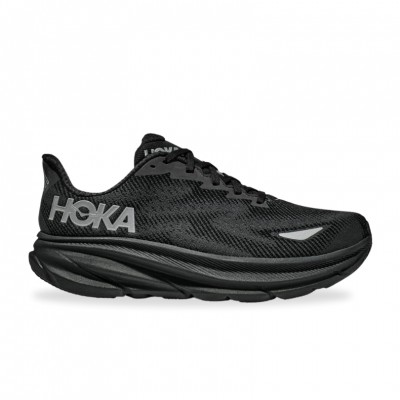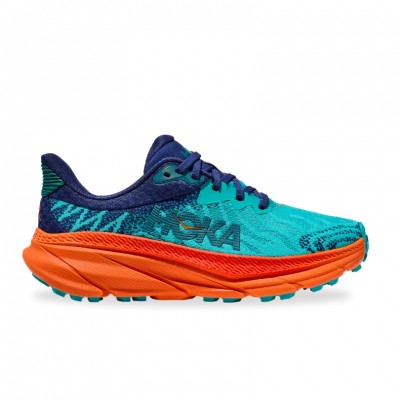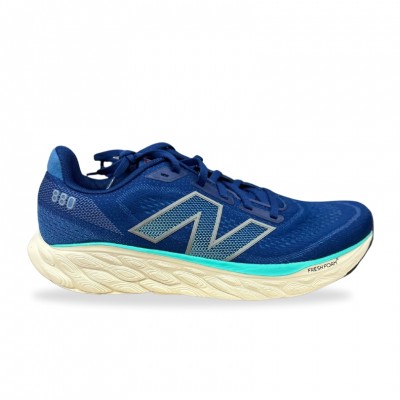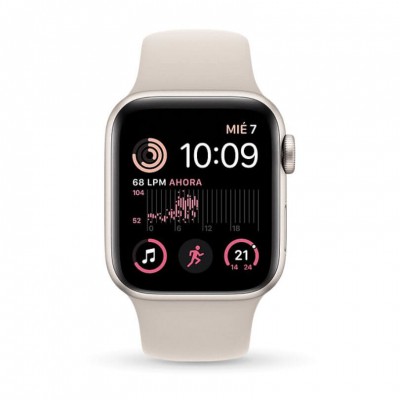The scientific evidence is clear: low-intensity running is an effective and sustainable strategy that is proven to improve cardiovascular health, helps us control weight, benefits mental health, and prevents chronic diseases. All these studies remind us that the key is not in speed or distance, but in consistency and enjoyment of exercise as part of a healthy lifestyle. If running makes you lazy, or you are worried about not being able to keep up with your training partners, if you keep reading, you will see that science is on your side, there is no need to run fast.
Low-intensity running is presented as an inclusive and beneficial option, backed by science, that challenges the notion that only intense workouts are effective. It is an invitation to rethink our exercise routines and adopt practices that support our long-term health, without the need to compete against ourselves.
Not sure which running shoe to choose?
In a few simple steps we help you to choose the ideal running shoe for you
Go to the Shoe FinderThe scientific evidence of the benefits of low-intensity running
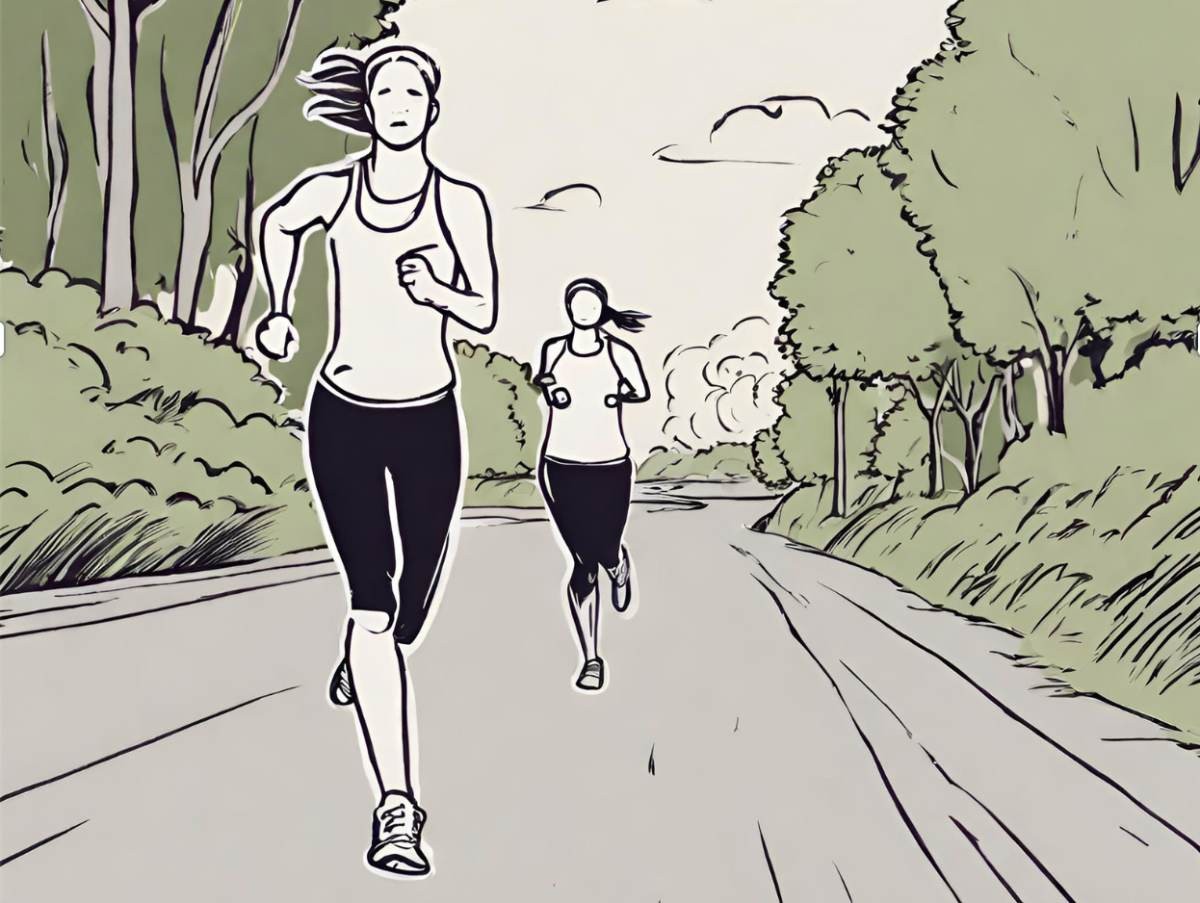
Putting on your running shoes to run at calm paces is not well seen. It seems that if your training has not been exhausting, you have not trained. But science supports it, and slow running is gaining recognition for its wide health benefits. And it is not necessary to push the body to the limit to obtain significant results. But let's look more closely at the evidence that supports this claim.
A key study that sheds light on the benefits of low-intensity running is the one carried out by researchers in the "Journal of the American College of Cardiology". This longitudinal study observed more than 55,000 adults over a period of 15 years to assess the effects of running on health. The results were revealing: those who ran even 5-10 minutes a day at low speeds showed a significant reduction in deaths related to cardiovascular diseases, compared to non-runners.
The surprising thing was that running longer or at a higher intensity did not substantially improve these benefits
Metabolism and weight control: Sustainable benefits
Another study published in "Obesity Reviews" analysed how low-intensity exercise affects metabolism. The findings indicated that low-intensity running can help maintain an active metabolism and control weight more effectively than sporadic high-intensity workouts. This is because moderate exercise can be performed more regularly and for longer periods, contributing to a higher total caloric expenditure. So if you have to choose between going out 2 days a week and running at maximum intensity for 50 minutes or going out 4 days a week and running for 30 minutes at a very gentle pace, if your goal is to lose weight, choose the first option.
Psychological Impact: Running for the Mind

The relationship between low-intensity running and mental health has also been the subject of numerous studies. In "The Lancet Psychiatry", for example, researchers found that 150 minutes of physical activity per week, including low-intensity running, were associated with a 30% reduction in days of poor mental health. This type of exercise acts as a natural antidepressant, releasing endorphins and improving mood regulation.
Running and Disease Prevention
Prevention of chronic diseases is another of the highlighted benefits of low-intensity running. A study in "Diabetes Care" showed that moderate exercise, such as low-intensity running, has a protective effect against type 2 diabetes. Moreover, this type of physical activity is less likely to cause injuries, allowing for consistent and long-term practice, essential for disease prevention.
The Impact on Longevity: Run Slow to Live Longer
Research has also shown that low-intensity running can increase life expectancy. A study in "Progress in Cardiovascular Diseases" found that runners have a life expectancy 3 years longer compared to non-runners. Interestingly, no additional benefits were found in terms of longevity by increasing the intensity or duration of the exercise.
The study analysed a large sample of runners and another of runners, adjusting variables such as age, sex, body mass index, smoking and drinking habits, and other health factors. The results showed that runners, regardless of the amount they ran per week, had a significantly longer life expectancy. What is even more notable is that those who adhered to low-intensity running routines enjoyed the same benefits in terms of longevity as those who participated in more intense and strenuous running programmes.
Biological Mechanisms Involved
Researchers suggest that low-intensity running may contribute to a longer life through various biological mechanisms. For instance, it has been shown to improve cardiovascular health by reducing blood pressure, increasing insulin sensitivity, and improving blood lipid profiles. Moreover, moderate exercise can reduce chronic inflammation, a known factor contributing to ageing and many age-related diseases.
Quality of life and healthy ageing
Beyond the number of years lived, the study also addresses the quality of those years. Low-intensity running is associated with a better quality of life and healthier ageing. This is because moderate exercise is less likely to cause injuries and can be consistently maintained throughout a person's life, allowing individuals to remain active and mobile in their later years.
What if we prescribe running?
The findings of this study should have significant implications for public health policies. Promoting low-intensity running as an accessible and effective form of exercise could be a key strategy for improving the overall health of the population and increasing life expectancy. Moreover, as a low-cost and easily accessible activity, it has the potential to reach a wide audience without the need for expensive equipment or gym subscriptions.
So from RUNNEA, we make a call to the public administration: Let's prescribe low-intensity running whenever possible.
Read more news about: Running News



